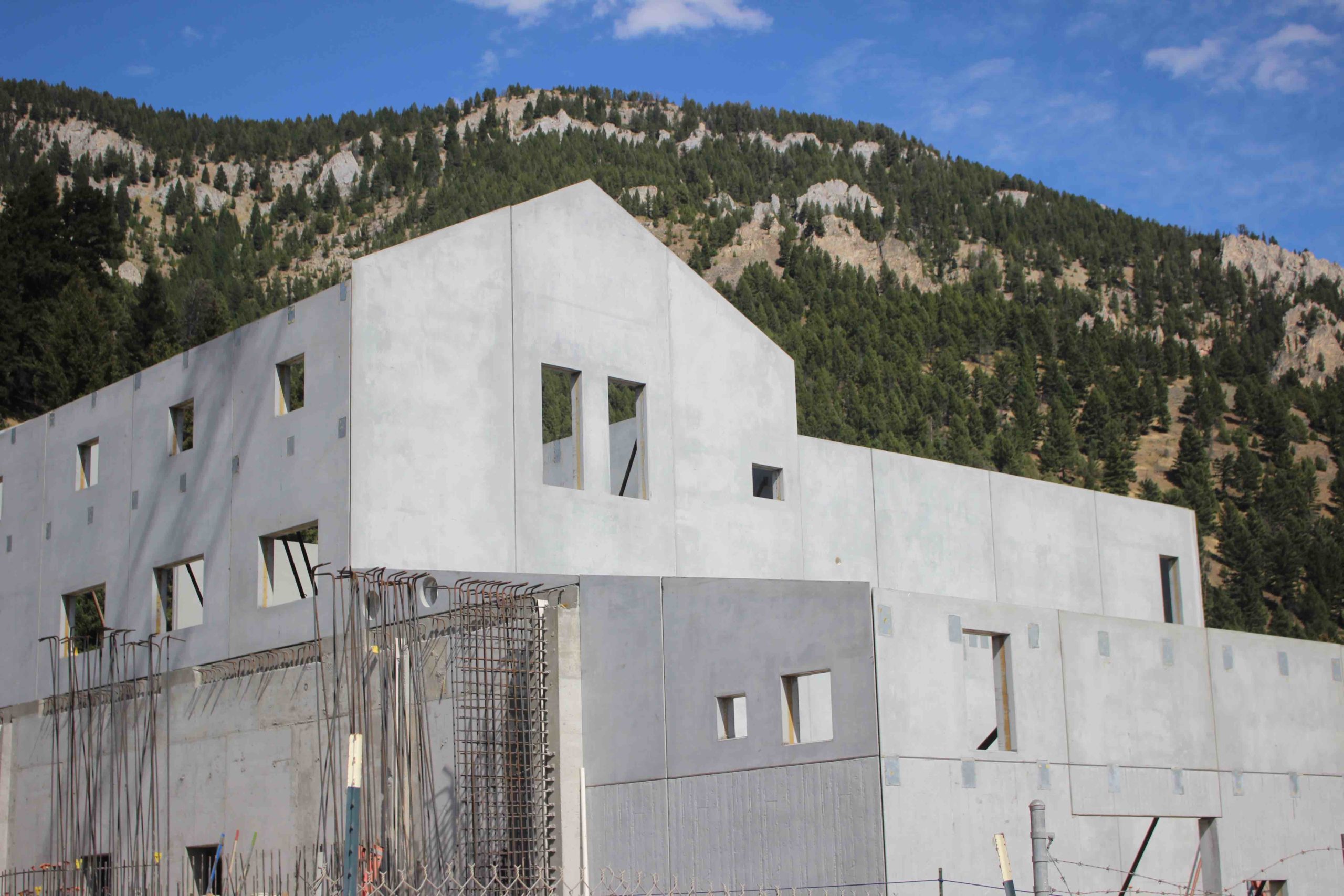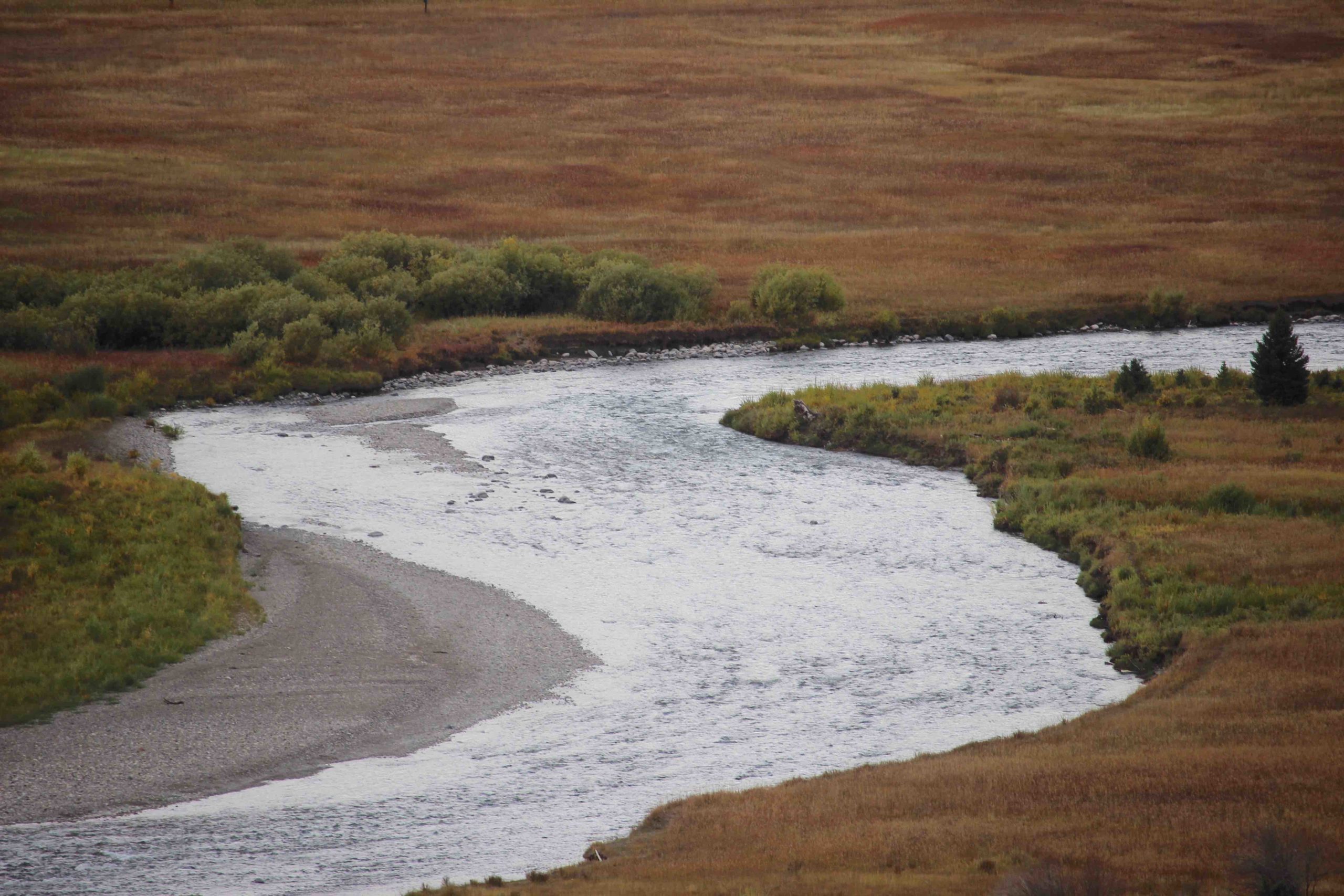News
Big Sky Community Week spurs discussions with local officials
Published
2 years agoon


Fragmented aquifers, Gallatin River protection and irrigation were among topics discussed on Tuesday afternoon as part of the “Big Ideas” of Big Sky Community Week.
By Jack Reaney STAFF WRITER
A virtual town hall panel discussion was held on Tuesday, Oct. 4 to inform the community of the planning around Big Sky’s limited local water supply. These discussions have gained attention as Big Sky’s population and water demand grows toward outpacing supply before 2050.
More than 50 people tuned into this discussion as part of Community Week, an event series hosted by the Big Sky Chamber of Commerce and the Big Sky Resort Area District. The week’s schedule is divided into three categories: government, boots on the ground, and big ideas. Other events include the Second Annual Community Expo, a panel discussion on the implementation of “Our Big Sky Community Vision and Strategy,” two mornings of Coffee with Community Leaders, and the Lone Peak High School Homecoming Parade. Scheduled during shoulder season, community week provides an opportunity for locals to learn more about important topics and meet others invested in further developing the unincorporated town of Big Sky.
Water access is a topic concerning the entire community.
The six panelists were hydrogeologist James Rose; Jim Muscat, Big Sky County Water and Sewer District water superintendent; Mace Mangold, WGM Group senior project engineer; local developer Scott Altman; Rich Chandler, Yellowstone Club environmental manager; and Kristin Gardner, Gallatin River Task Force executive director.
Rose, who represents the Montana Bureau of Mines and Geology, began by presenting the findings of a groundwater study within the local water district. Data was sampled between 2013 and 2016. The study monitored 94 wells, revealing that seven separate aquifers are in use, separated by majority-shale bedrock. Only about 20% of local bedrock is sandstone, and thin sandstones contain the aquifers because they conduct groundwater better than shale, said Rose.
Big Sky relies completely on groundwater, Rose added.
Rose explained that because the aquifers are separate and fragmented, each aquifer is limited and responds differently to pumping activity. If one local aquifer is depleted, it cannot rely on a communal recharge source as if the entire aquifer were connected. Rose described that situation as “the biggest problem in Big Sky right now,” but added that snowmelt is a consistent source of aquifer recharge and that “the chemistry of the water is overall very good.”
District water superintendent Muscat then provided insight into the concern that water demand could outpace supply by 2032.
“Irrigation is the wild card of water use,” he said, later adding that Big Sky hopes to “[change] landscape to xeriscape.”
Muscat pointed out that for most of the year, Big Sky’s occupancy fluctuates at some margin below the recorded population. However, district water supply still needs to be ready to accommodate the day of maximum water usage, which should occur during times of peak visitation.
“How big can we grow?” asked Muscat. He said that water can only take you so far, and that Big Sky’s population will eventually reach a sort of carrying capacity.
“The true limiting factor is probably going to be Mother Nature, and how much [water] there is,” Muscat said.
Snowmaking will continue to impact the discussion of water. Yellowstone Club’s environmental manager Rich Chandler shared that increased snowmaking will help balance aquifer storage by drawing water to build an early-winter base on the mountain which will ultimately melt and return to the groundwater. The Yellowstone Club has an independent water and sewage treatment facility, but their sustainable snowmaking operation will launch in fall 2023 with similar goals to the Big Sky Water Sewer District.
With Big Sky’s updated water resource recovery facility that is currently under construction, reclaimed wastewater will be sufficient quality to recharge groundwater stores through snowmaking.
Mangold added the topic of septic adjustments along the Gallatin Canyon corridor to protect the river. Altman contributed to that topic, mentioning the possibility of taking wells offline from the riverside of U.S. Highway 191, and Gardner added that only 60% of the community is served by the Gallatin Canyon County Water and Sewer District. Partnerships will help get all septic systems on the same page, she said.
Mangold encouraged citizens to visit gallatincanyonwsd.com to find more detailed information on the septic project.


Upcoming Events
april, 2024
Event Type :
All
All
Arts
Education
Music
Other
Sports
Event Details
We all are familiar with using a limited palette, but do you use one? Do you know how to use a
more
Event Details
We all are familiar with using a limited palette, but do you use one? Do you know how to use a limited palette to create different color combinations? Are you tired of carrying around 15-20 different tubes when you paint plein air? Have you ever wanted to create a certain “mood” in a painting but failed? Do you create a lot of mud? Do you struggle to achieve color harmony? All these problems are addressed in John’s workbook in clear and concise language!
Based on the bestselling “Limited Palatte, Unlimited Color” workbook written by John Pototschnik, the workshop is run by Maggie Shane and Annie McCoy, accomplished landscape (acrylic) and plein air (oil) artists,exhibitors at the Big Sky Artists’ Studio & Gallery and members of the Big Sky Artists Collective.
Each student will receive a copy of “Limited Palette, Unlimited Color” to keep and take home to continue your limited palette journey. We will show you how to use the color wheel and mix your own clean mixtures to successfully create a mood for your paintings.
Each day, we will create a different limited palette color chart and paint a version of a simple landscape using John’s directives. You will then be able to go home and paint more schemes using the book for guidance.
Workshop is open to painters (oil or acrylic) of any level although students must have some basic knowledge of the medium he or she uses. Students will be provided the book ($92 value), color wheel, value scale and canvas papers to complete the daily exercises.
Sundays, April 14, 21 and 28, 2024
Noon until 6PM.
$170.
Time
14 (Sunday) 12:00 pm - 28 (Sunday) 6:00 pm
Event Details
Trivia from 7 to 9 p.m. at The Waypoint in Town Center. Participation is free, food and beverages available.
Event Details
Trivia from 7 to 9 p.m. at The Waypoint in Town Center. Participation is free, food and beverages available.
Time
(Wednesday) 7:00 pm - 9:00 pm
Location
The Waypoint
50 Ousel Falls Rd











